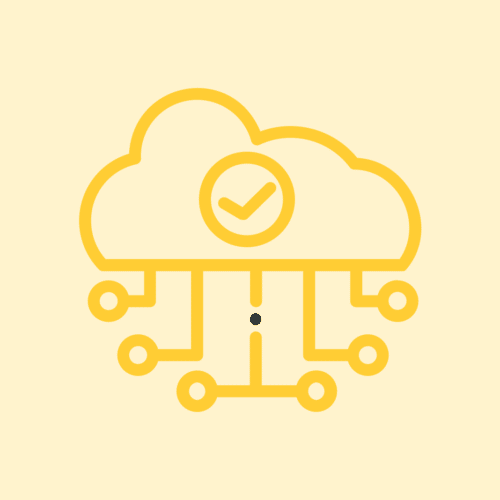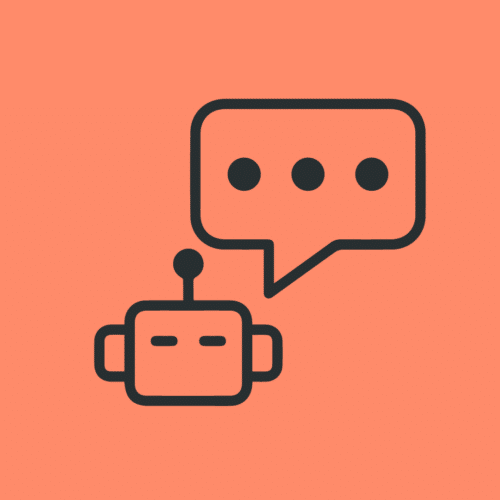BLOG
5 Transformational Applications of IIoT in Manufacturing


Less than two centuries after the last industrial revolution, a new one is upon us. The rapid emergence of Industry 4.0 is changing the way businesses operate, and at a blistering pace.
One of its key enablers, the Internet of Things (IoT), however, has made a relatively seamless entrance into people’s lives. It arrived in the form of Alexa, Siri, and Google Assistant. And most people don’t even fully comprehend the technologies underlying these innovations.
Some skeptics like Elon Musk have prophesied that the combination of Artificial Intelligence (AI) and smart physical devices will lead to humanity’s doom. Despite such warnings, though, AI and the IoT are finding rapid adoption with little additional fanfare.
As a result, you could say that the IoT is driving a silent revolution. This is especially true in manufacturing, where the Industrial Internet of Things (IIoT) is already revolutionizing how work is done.
1. Supply Chain Efficiency
When it comes to their supply chains, historically businesses mostly worked in the dark. As the world suffers from disruptions of global trade, even years after the emergence of COVID-19, we continue to face challenges from legacy ways of doing business.
Each stage of the production process takes different amounts of time, causing some processes to be blocked and others to be starved as materials and finished goods move through and between enterprises.
The good news is that IIoT-derived data facilitates smarter methods of working, through tools that offer visualization of each and every step of a given process. This improves throughput speed by highlighting inefficiencies, making them glaringly obvious.
IIoT visualization also offers a holistic view of assets and can help to predict and prevent machine failures, maximizing productivity by avoiding delays.
2. Digital Twins
Now, we’re really heading into sci-fi territory! Generating a digital twin is one of the latest innovations in IIoT technology and represents core functionality you should expect of market-leading IIoT platforms.
A digital twin is a virtual replica that imitates the appearance and behavior of a physical object or system. Using simulations, the digital twin can test the lifespan of physical devices and facilitate developing better versions of your product, all while identifying inefficiencies in existing processes.
Plants using digital twins can predict where machines are likely to run into maintenance issues, preventing failures that can halt or slow production.
The types of physical assets that benefit from digital twin simulation range from airplane engines to apartment buildings.
In fact, by incorporating Virtual (VR) and Augmented Reality (AR) tools, machinery can be mapped and analyzed in controlled, safe environments.
3. Self-Healing, Autonomous Systems
IIoT ecosystems are becoming capable of intelligently identifying and addressing problems — without human intervention — by applying machine learning and other techniques to data collected from connected sensors.
For example, Duke Energy — a North Carolina-based power company — created a system that can automatically reconfigure itself when power is lost.
When an outage is detected in one or more areas of the system, (by analyzing data from sensors across the power grid), this self-healing IIoT system determines which alternate substation to use, and restores power to homes and businesses in seconds.
A disruption caused by a lightning storm would have previously taken several hours to resolve because engineers would need first to manually identify the root cause and extent of the issue.
Consider the implications for manufacturers: with production systems that can reconfigure themselves, businesses have a powerful tool to maximize productivity even when unplanned disruptions occur.
In addition to facilitating improved system health, IIoT solutions can directly foster human well-being too.
4. Safety Improvements
It wasn’t long ago that the factory floor was a dirty, noisy, and dangerous workplace where life-changing injuries were common.
This perception made it difficult to attract people to manufacturing jobs, especially Millennials whose expectations of the workplace are very different from that of our forebears.
With the rapid evolution of the IIoT, though, that’s certainly changing.
Manufacturing remains a potentially dangerous trade, but with IIoT sensors and connected devices, it’s possible to detect malfunctions that could cause injury — including those that once might have gone unnoticed.
IIoT has made it possible for firms to monitor — through video analysis or by equipping employees with sensors — various anomalies and hazardous situations.
For example, international engineering firm Laing O’Rouke introduced smart helmets to monitor their employees’ health in hot climates.
One of the problems with heatstroke is that if you start to feel the symptoms, you are likely already suffering from it.
Thus, these smart helmets monitor heart rate, temperature, humidity, and other biometric readings to identify and prevent heatstroke when working in arid or desert environments.
Having healthier and safer employees is by itself a benefit, but combining that with efficiency gains catalyzed by IIoT empowers leaders to supercharge organizational growth.
5. Productivity Enhancements
Historically, increasing employee productivity wasn’t a particularly exact science, and worker activity has been under a management microscope for years.
Recent developments in IIoT technology, however, systematize and improve these efforts. A growing range of machine monitoring technologies uses the IIoT to monitor worker activity while improving safety and efficiency through gamification.
For example, Canadian machine monitoring firm FreePoint Technologies has developed a suite of IIoT smart monitoring systems that give real-time productivity feedback.
Their systems allow individual workers to monitor their own progress and compare their output with the contributions of their peers. Managers can also monitor productivity from anywhere on the planet, providing guidance and ensuring deadlines are met.
And while being consistently observed could sound intimidating to the average employee, the productivity data produced facilitate incentive programs and evaluation of competencies during staff reviews.
Buy-in from employees results from game-like competitions which offer special rewards for hitting certain milestones.
IIoT in Manufacturing: Final Thoughts
From supply chain enhancements to digital visualization to improved worker safety, the IIoT is transforming modern manufacturing in ways that already feel like sci-fi.
As more and more devices capture and transmit operational data, enterprises are becoming better able to understand their processes and how to improve them.
It’s drastically changing the way we work, and for the better: increasing efficiency, productivity, and engagement so that manufacturing businesses can thrive.








